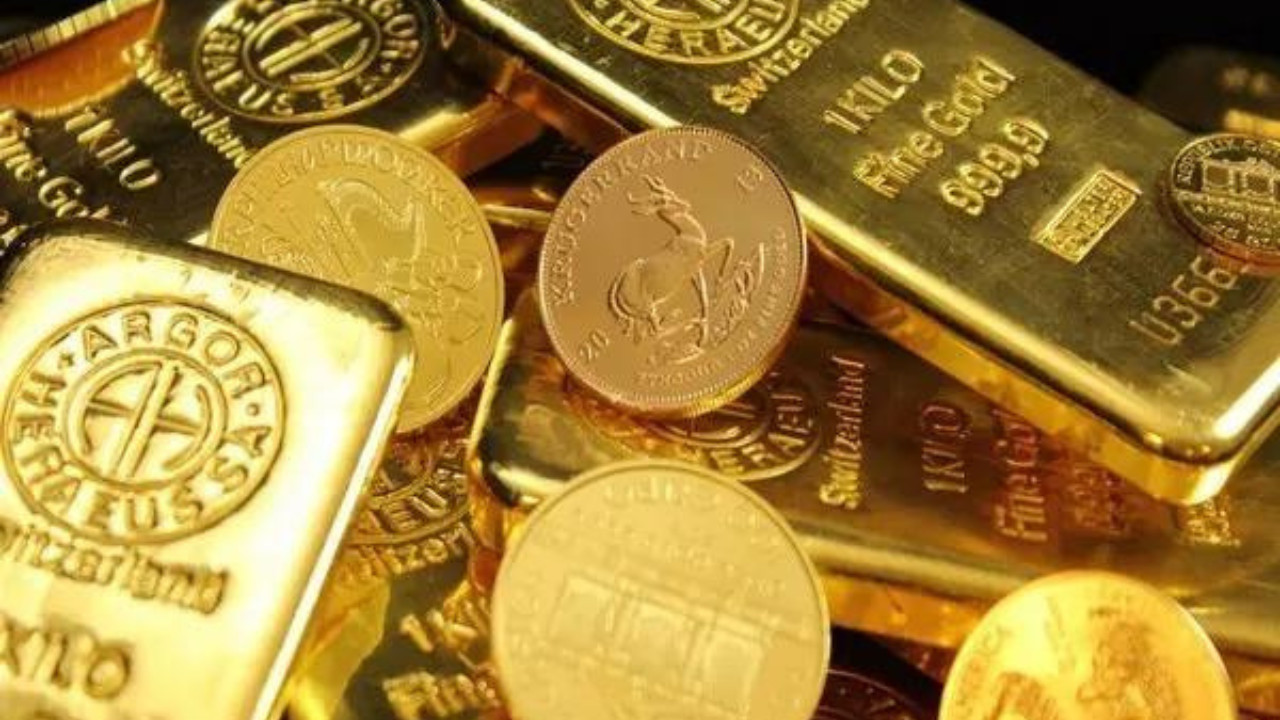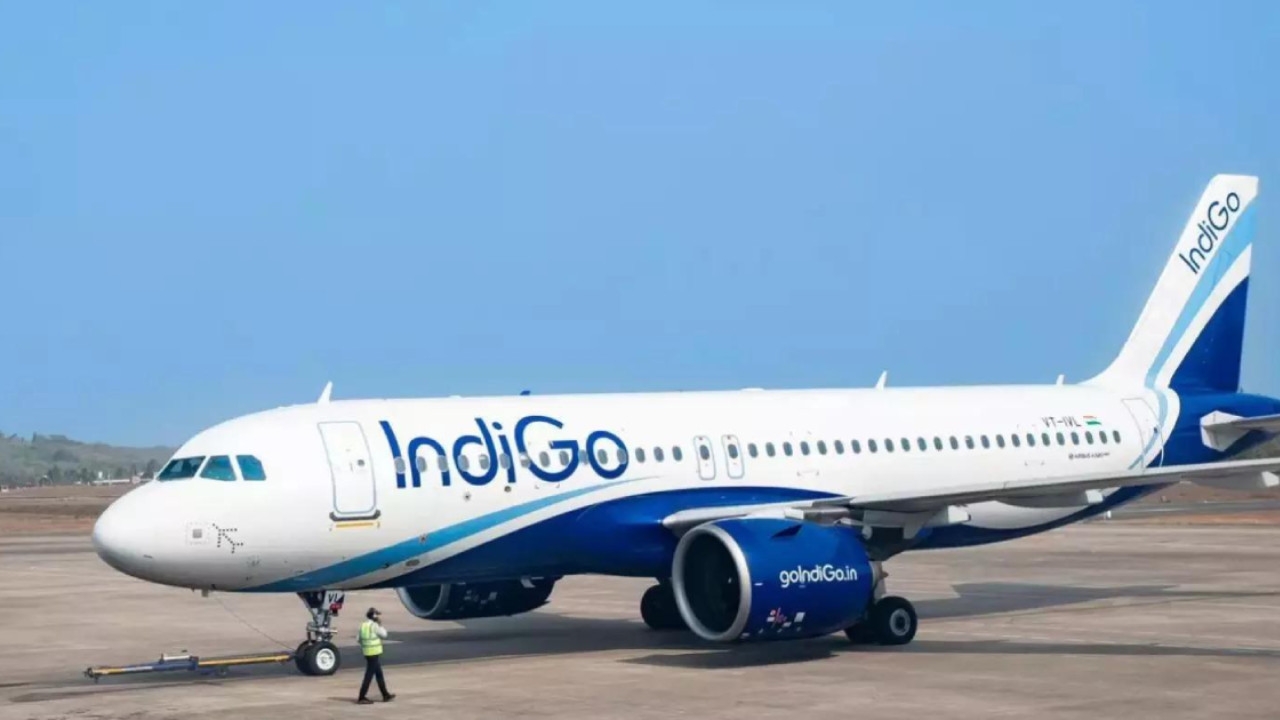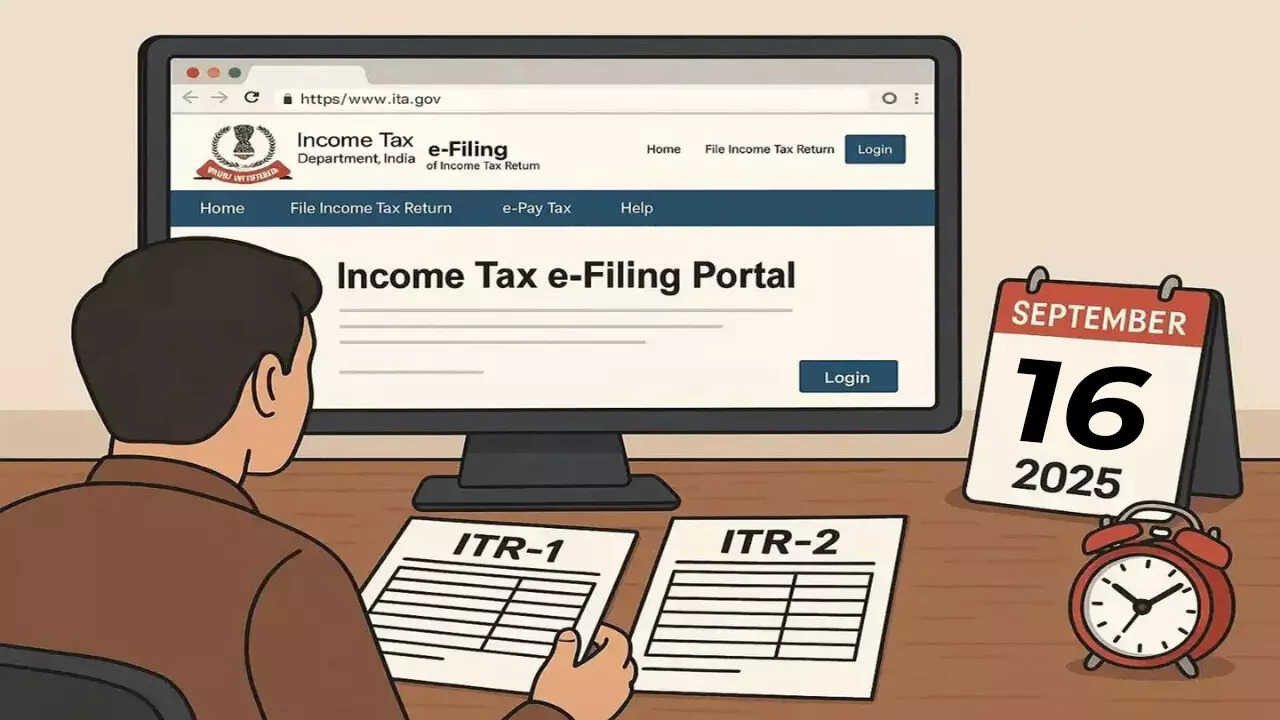Following the recent surge in global crude prices due to escalating tensions in the Middle East, Petroleum Minister Hardeep Singh Puri has assured that India possesses sufficient energy reserves for the upcoming months. He highlighted India’s diversified energy sourcing strategy, ensuring affordability and sustainability.
Bracing for Impact: India’s Energy Shield Amidst Middle East Turmoil
Okay, let’s talk oil. More specifically, let’s talk about how the simmering tensions between Israel and Iran are playing out in the global energy market, and how India, a major energy consumer, is preparing to weather the storm. Crude oil prices are inching upwards, and naturally, everyone’s a little on edge, remembering past price shocks and their impact on our wallets.
So, what’s the vibe coming from the Indian government? Confident, it seems. Union Minister Hardeep Singh Puri has been pretty vocal, assuring the nation that India has “adequate” energy supplies. He’s referencing what he calls India’s energy strategy trilemma: energy security, affordability, and sustainability. It’s a delicate balancing act, and the current situation is really putting it to the test.
But just how comfortable should we be feeling? Is it just political spin, or is there a genuine buffer in place? Let’s break it down.
First, it’s crucial to acknowledge the reality: India is hugely reliant on oil imports. We’re not sitting on vast reserves, so what happens in the Middle East, a major oil-producing region, directly impacts us. Any disruption to the supply chain, any hint of a major conflict, and the price at the pump starts to quiver.
Now, Puri’s confidence seems to stem from a multi-pronged approach. He’s mentioned diversification of sources, strategic petroleum reserves, and an increasing focus on alternative energy. Let’s unpack those:
* Diversification: India isn’t putting all its eggs in one basket (or barrels in one pipeline, perhaps!). We’re increasingly sourcing oil from a wider range of countries, including those in the Americas and Africa. This reduces our dependence on any single volatile region, giving us more flexibility when things get dicey. It’s like building a diverse investment portfolio – you spread the risk.
* Strategic Petroleum Reserves (SPR): Think of these as giant, underground bathtubs full of oil, specifically meant for a rainy (or, in this case, potentially very fiery) day. India has been building up its SPRs in recent years, and they provide a cushion against short-term supply disruptions. We can tap into these reserves to keep the market stable and prevent prices from skyrocketing if imports are temporarily affected. It’s essentially an energy emergency fund.
* The Green Transition: Okay, this is the long-term game. The push towards renewable energy sources – solar, wind, biofuels – isn’t just about saving the planet; it’s also about reducing our reliance on imported fossil fuels. The faster India can transition to cleaner energy, the less vulnerable we become to geopolitical shocks in the oil market. This is a marathon, not a sprint, but every step forward makes us more resilient.
So, on the face of it, the strategy sounds solid. However, there are nuances to consider.
Firstly, while diversification is great, it’s not a magic bullet. Shifting supply chains takes time and can involve logistical hurdles and new relationships. And even a diverse portfolio is still subject to global price fluctuations. If the overall global price of crude goes up due to Middle East instability, we’re still going to feel the pinch, regardless of where we’re sourcing our oil.
Secondly, SPRs are finite. They provide a temporary buffer, but they can’t sustain us indefinitely if a major crisis drags on. They’re more like a short-term painkiller than a long-term cure.
Thirdly, the green transition is still a work in progress. Renewable energy is growing rapidly, but it’s not yet at a scale where it can completely replace fossil fuels. We’re still years away from that reality, and until then, oil will remain a critical part of our energy mix.
Furthermore, affordability remains a key concern. Even if supplies are adequate, soaring crude prices translate to higher fuel prices for consumers, impacting everything from transportation costs to food prices. The government has to tread carefully to balance market realities with the need to protect citizens from undue financial burden.
Looking ahead, what can we expect? The situation in the Middle East is fluid, and any escalation could have significant repercussions for the global energy market. India will need to remain vigilant, closely monitoring the situation and adapting its strategy as needed.
The key takeaway? While the Indian government is projecting confidence, and has taken steps to mitigate the impact of potential disruptions, we’re certainly not immune. The energy trilemma is a tightrope walk, and the ongoing tensions are making it even more challenging. It is crucial to continue accelerating the transition to renewable energy while simultaneously strengthening our strategic reserves and diversifying supply chains. The long-term energy security of India depends on it.
📬 Stay informed — follow us for more insightful updates!






